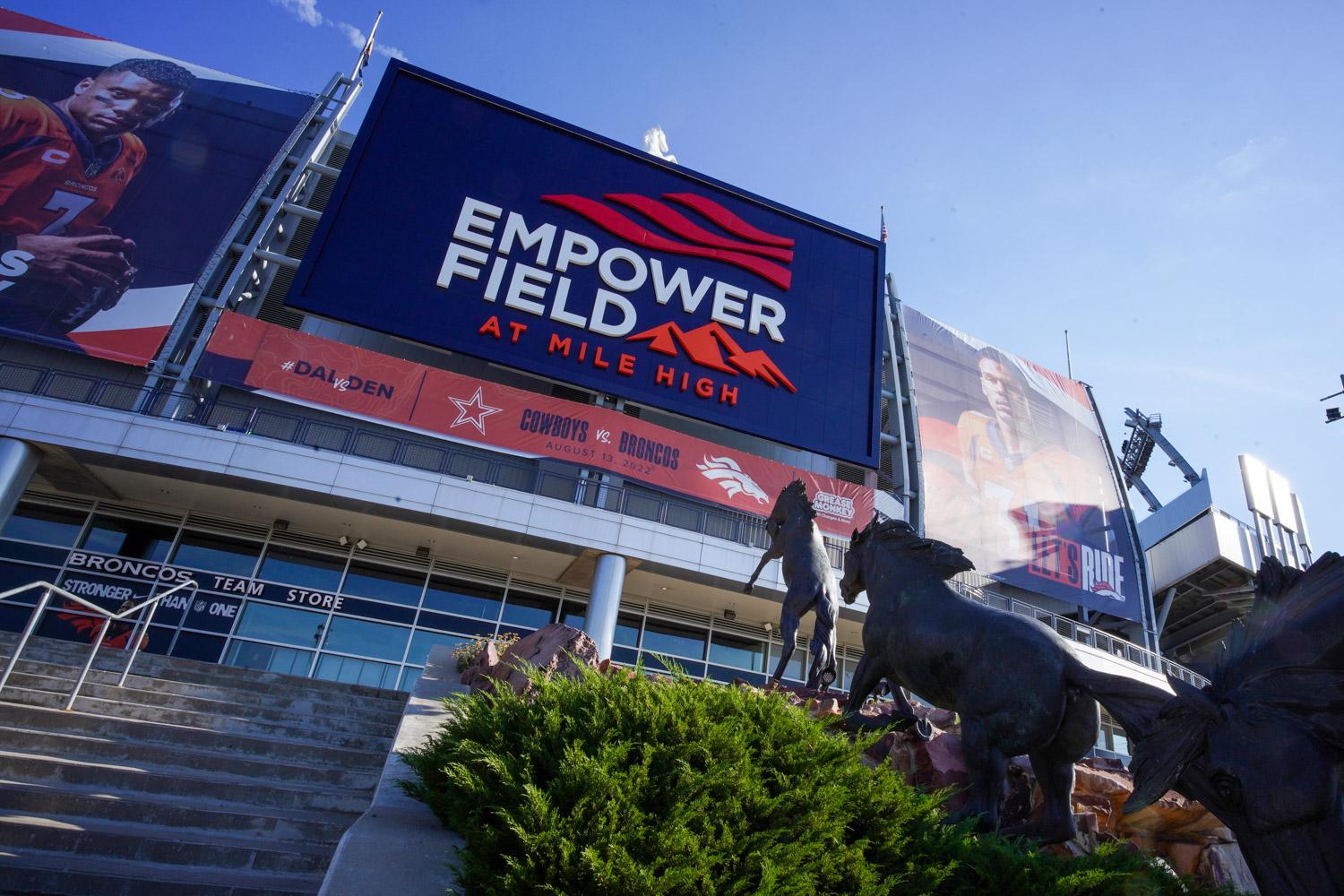
When you think of pheasants in Colorado, you might think of hunting. And the hunting season for the game bird is underway in the state. Because of a warm and dry spring, Colorado Parks and Wildlife is expecting a good season for pheasants in the Eastern Plains.
But one CPR News listener in unincorporated Larimer County, in the town of Laporte, doesn’t want to know about hunting the bird. They asked about owning them. Private upland hunting reserves provide ring-necked pheasants during the season. But, what about raising them in your backyard?
The answer is yes, it is legal to own a pheasant in Laporte.
“Folks can do that,” said Joey Livingston, spokesperson for Colorado Parks and Wildlife. “You always want to check with your local wildlife office, your local wildlife officer, local city or county regulations could supersede and not allow you to raise them in that fashion, but you can obtain permits to have them in Colorado.”
Pheasants are not native to the United States, let alone Colorado
Pheasants, specifically ring-necked pheasants, are popular for hunting in the United States. According to Unlimited Pheasant Hunting, more than 40 species originated from Asia and Asia Minor. Pheasants didn’t appear in North America until 1733 when several black-necked pheasants were introduced in New York. Some 100 pairs of Chinese ring-necks were released in Oregon's Willamette Valley in 1881.
The ring-necked pheasant became South Dakota’s state bird in 1943. Today, huntable pheasant populations are found in Colorado, Oklahoma, Missouri, North Dakota, South Dakota, Nebraska, California and Wyoming.
People must apply for a permit to import the birds in Colorado.
“We do allow the possession or importation of certain species. Now, they can't be wildly caught in Colorado, and we do not allow the possession of animals," Livingston said. "But folks getting the proper permits, importation permits can be obtained from CPW and the state veterinarian to allow folks to import pheasants.”
Walk-in access upland hunting preserves and similar businesses contacted by Colorado Public Radio said their pheasants are imported in from other states like Kansas. CPR News was denied access to see any of those pheasants due to the ongoing bird flu outbreak.
To maintain the population in Colorado, hunters are only allowed to hunt males or roosters.
“If we're leaving more females on the landscape, they're more important to growing and maintaining those populations,” Livingston said. “And so, bag and possession limits, that's the goal of those, is to help maintain stable sustainable populations of wildlife.”
Livingston also noted that pheasants are not as migratory as some species in the United States.
“Some species can have very drastic impacts on other wildlife species, but that hasn't really been the case with pheasants. They stay very localized,” Livingston said. “They don't migrate like some of the other species. So, they don't spread and grow and move into other areas as much as you could see from other species.”
What about raising pheasants in your backyard in Laporte?
CPR News asked officials in Larimer County, home to Laporte, to check out the regulations for raising pheasants in a backyard.
County spokesperson Michelle Bird — yes, that is her name — sent us the regulations by email. Pheasants are considered backyard poultry, and a maximum of 50 birds are allowed in one lot.
The rules there state: The total number of birds allowed on a property shall be based upon the minimum of 12 square feet for each bird. It is not to exceed 2 percent of the lot. For example, two percent of a 5,000 square-foot lot is 100 feet. Therefore, eight birds are allowed on the lot.
Roosters are prohibited. But as long as the coops are up to health and safety standards, people in Larimer County are free as a bird to own a pheasant.









